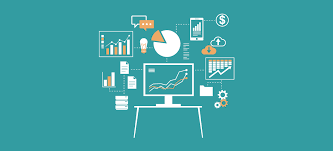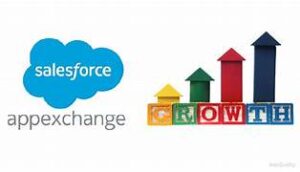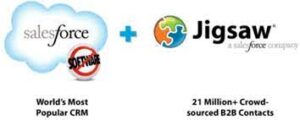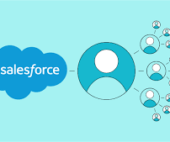Event Consumers: The Responsive Core of Event-Driven Architecture
Fundamentals of Event Consumers
Event consumers are the reactive components in event-driven architecture (EDA) that subscribe to event channels and execute actions when state changes occur. These can be:
- Software applications and microservices
- Cloud services and SaaS platforms
- Physical devices and IoT endpoints
- Human-facing notification systems
They monitor for business-critical occurrences like:
- Transaction completions (payments, orders)
- System state changes (inventory updates, service outages)
- Security incidents (breaches, intrusion attempts)
- User interactions (cart additions, form submissions)
How Event-Driven Architecture Works
Core EDA Characteristics
- Real-time responsiveness – Instant propagation of state changes
- Loose coupling – Producers and consumers operate independently
- Asynchronous processing – No blocking wait states between components
- Scalability – Components can scale horizontally as needed
![EDA Architecture Diagram showing event flow from producers through routers to consumers]
The Event Consumer Ecosystem
| Component | Role | Examples |
|---|---|---|
| Event Producers | Generate state change notifications | POS systems, IoT sensors, API gateways |
| Event Routers | Channel events to appropriate consumers | Kafka, AWS EventBridge, Azure Service Bus |
| Event Consumers | Execute business logic in response | CRM systems, fraud detection services |
| Event Processors | Transform and analyze event streams | AWS Lambda, Azure Functions |
Key Benefits of Event Consumers
- Millisecond Response Times
- Process payments within 300ms of transaction initiation
- Trigger fraud checks before checkout completion
- Resilient Operations
- Continue functioning during producer outages
- Automatic retry mechanisms for failed processing
- Elastic Scalability
- Independently scale consumer services during peak loads
- Process 100K+ events/second in financial systems
- Business Agility
- Add new consumers without modifying producers
- Implement new features through event subscriptions
Event Delivery Models
Publish-Subscribe (Pub/Sub)
- Characteristics:
- Ephemeral messaging
- Topic-based routing
- At-least-once delivery
- Use Cases:
- Real-time notifications
- Alert broadcasting
- Technologies:
- Apache Kafka
- AWS SNS/SQS
- GCP Pub/Sub
Event Streaming
- Characteristics:
- Persistent event logs
- Time-ordered sequences
- Replay capability
- Use Cases:
- Audit trails
- Time-series analysis
- Complex event processing
- Technologies:
- AWS Kinesis
- Azure Event Hubs
- Apache Flink
Industry-Specific Implementations
E-Commerce
- Cart abandonment flows (trigger recovery emails after 30 minutes of inactivity)
- Real-time inventory synchronization across 200+ store locations
Financial Services
- Fraud detection analyzing 50+ transaction attributes in <500ms
- Automated trade execution based on market data events
Healthcare
- Patient monitoring systems processing 10,000+ device events/minute
- Prescription fulfillment workflows triggered by EHR updates
Manufacturing
- Predictive maintenance initiating service tickets when sensor thresholds breached
- Supply chain adjustments based on real-time logistics events
Implementation Best Practices
- Idempotency Design
- Ensure duplicate events don’t cause duplicate actions
- Implement event deduplication mechanisms
- Error Handling
- Dead letter queues for failed processing
- Exponential backoff for retry logic
- Observability
- End-to-end event tracing
- Consumer lag monitoring
- Processing latency metrics
- Security
- Event payload validation
- Consumer authentication
- Encryption in transit/at rest
Future Evolution
Emerging patterns in event consumption:
- Edge Processing: Moving consumers closer to event sources (5G networks, IoT gateways)
- ML Integration: Smart consumers that adapt processing based on event patterns
- Cross-Cloud: Federated event meshes spanning multiple cloud providers
“Event consumers are becoming the central nervous system of digital business,” says Gartner VP Analyst Mark Beyer. “Organizations that master event-driven patterns achieve 3-5x faster response to market changes compared to traditional architectures.”














